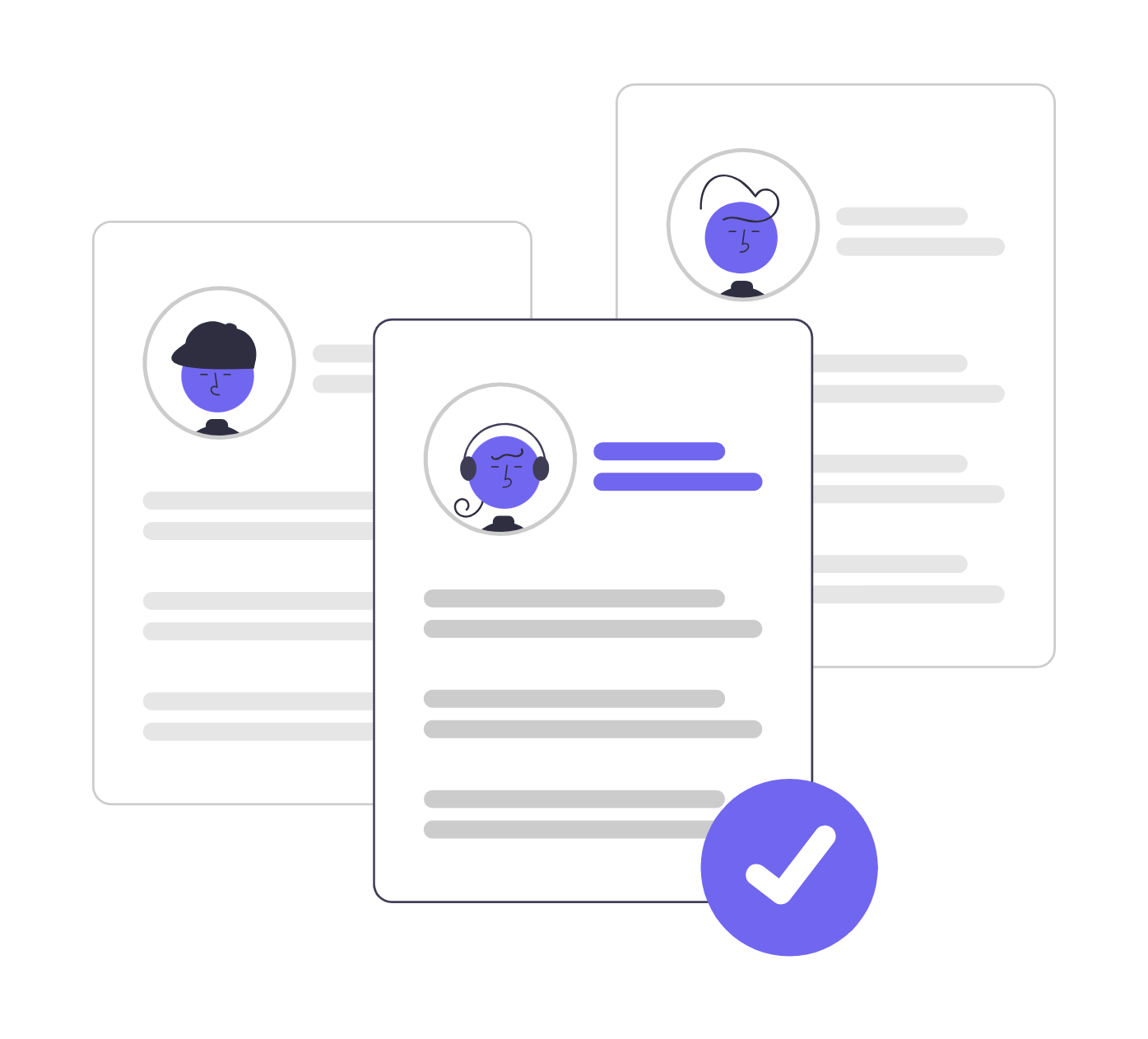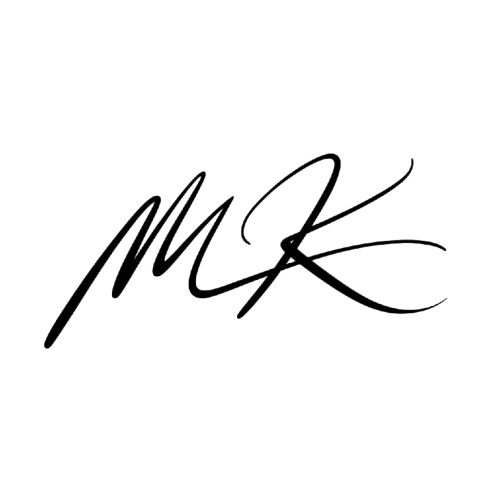Share
Most recruiters agree: talent acquisition isn’t what it used to be. Job boards are flooded with low-effort applications. Cold outreach can fall flat. And the hiring landscape is increasingly split between two approaches—active and passive recruitment.
But here’s the mistake most teams make: they treat these methods as either/or, when the most successful recruiters know how to blend both. If you’re still relying solely on job ads or sourcing tactics in isolation, you’re likely missing out on top-tier candidates and wasting time on the wrong ones.
This article breaks down the differences, real-world use cases, and how to strike the right balance between active and passive recruitment—so you can hire better, faster, and smarter.
What Is Active Recruitment? (And When It Works Best)
Active recruitment is the traditional approach. You’re targeting job seekers—people who are actively looking for work, browsing listings, and applying. These candidates are typically:
- Browsing job boards like Indeed or Glassdoor
- Engaging with company careers pages
- Submitting applications through LinkedIn or ATS systems
- Attending job fairs or industry networking events
You might see a lot of interest quickly, but not always the right fit. That’s the trade-off.
When it works best:
- High-volume roles (customer service, retail, junior roles)
- Entry-level hiring or graduate recruitment
- Fast turnaround needs (contract work, backfilling roles)
Pros:
- Quick pipeline generation
- Easier to schedule and convert
- Candidates are motivated and responsive
Cons:
- Application quality can be low
- Volume can overwhelm internal teams
- Competitors likely have access to the same pool
Workscreen Eliminates low-effort applicants—including those who use AI Tools to apply, copy-paste answers, or rely on "one-click apply." This way, you focus only on genuine, committed, and high-quality candidates—helping you avoid costly hiring mistakes

What Is Active Recruitment? (And When It Works Best)
Active recruitment is the traditional approach. You’re targeting job seekers—people who are actively looking for work, browsing listings, and applying. These candidates are typically:
Passive recruitment focuses on candidates who aren’t actively job hunting. These professionals are often already employed and content—but open to new opportunities if the right one comes along. Unlike active candidates, they don’t apply. You go to them.
That doesn’t mean they’re uninterested. In fact, according to LinkedIn, 87% of professionals are open to new roles—even if they’re not actively searching.
When it works best:
- Senior, technical, or hard-to-fill roles
- Strategic hires where cultural fit and impact matter
- Long-term hiring pipelines or succession planning
Pros:
- Access to higher-quality, experienced talent
- Often lower competition (they’re not applying elsewhere)
- Better retention and post-hire performance
Cons:
- Requires more time, patience, and personalization
- Harder to attract without a compelling brand or value proposition
May involve longer negotiation and notice periods
Easily administer one-click skill tests with Workscreen-This way you can assess candidates based on real-world ability—not just credentials like résumés and past experience. This helps you hire more confidently and holistically.

7 Key Differences Between Active and Passive Recruitment
Factor | Active Recruitment | Passive Recruitment |
|---|---|---|
Candidate status | Actively looking | Employed, not looking |
Response time | Immediate | Slower, requires engagement |
Volume | High | Low |
Quality | Mixed | Generally high |
Effort required | Low-to-medium | High |
Time to hire | Shorter | Longer |
Retention likelihood | Lower | Higher |
Understanding these differences helps teams avoid common mistakes—like expecting top-tier hires to apply out of the blue or assuming high application volume equals quality.
Why You Can’t Ignore Passive Candidates Anymore
Recruiters on the ground—especially in agency settings—consistently report that 90% or more of successful placements come from sourced candidates. Active applicants, they say, are often underqualified or mismatched.
One Reddit recruiter put it bluntly:
“We still post the position, but the applicants are pretty much all trash—with maybe one diamond in the rough.”
Meanwhile, passive candidates make up 70% of the global workforce. They may not be browsing job boards, but they’re still open to change—especially if you understand what motivates them.
What works:
- Identifying career triggers (e.g., lack of growth, poor management, burnout)
- Offering flexibility, growth, and purpose—not just salary
- Personalizing outreach (“I saw your talk on X” > “We have a job opening”)
The takeaway? Passive recruitment isn’t optional. It’s where the best talent lives.
Where Active Recruitment Falls Short
Active recruitment still has value, but it comes with real limitations:
- Inbox overload: Job boards and ATS platforms attract hundreds of applications per role, many irrelevant.
- “Spray and pray” applications: Candidates may not even read the job description before applying.
- Poor signal-to-noise ratio: It takes time to separate high-potential applicants from the rest.
Worse, traditional job ads are often written like legal documents—not compelling offers. If you’re only posting jobs, you’re likely missing out on engaged, skilled professionals who’d say yes… if only someone asked them directly.
Quickly identify your most promising candidates. WorkScreen automatically evaluates, scores, and ranks applicants on a performance-based leaderboard—making it easy to spot top talent, save time, and make smarter, data-driven hiring decisions.

How to Get Passive Recruitment Right
The passive approach takes more work—but it’s worth it. Here’s how to do it well:
- Use personalized outreach: Refer to the candidate’s background or achievements. Show them you’re paying attention.
- Build a reputation, not just a job ad: Share employee testimonials, growth stories, and team wins on LinkedIn and your careers page.
- Tap into referrals: Employees are often connected to passive candidates who trust them more than a stranger recruiter.
- Create a talent pipeline: Don’t lose touch with a “not right now” candidate. Keep them warm with updates and relevant content.
- Engage in niche communities: Industry-specific forums, events, and Slack groups are where top passive talent hangs out.
The golden rule? Treat passive outreach like relationship-building, not cold selling.
When Active Recruitment Still Wins
While passive recruitment shines for long-term success, there are moments when active is exactly what you need:
- You need to fill a role fast
- The position is entry-level or non-specialized
- You’re hiring in bulk or seasonally
- You have limited sourcing capacity
To maximize results:
- Write job ads that speak to the candidate’s ambition, not just the company’s needs
- Include details about team culture, career growth, and impact
- Use basic pre-screening questions to filter out low-effort applicants
- Follow up quickly—active candidates move fast
How to Combine Both for a Smart, Sustainable Hiring Strategy
The best recruiters don’t choose one approach—they blend both based on role, urgency, and goals.
Here’s how:
- Use active recruitment to keep your pipeline full and roles moving.
- Run parallel passive sourcing for high-value roles or future needs.
- Track what converts better by role type—and iterate accordingly.
- Build long-term relationships from every touchpoint, even if someone doesn’t convert today.
Think of active recruitment as fishing with a net. You’ll catch a lot, but it takes sorting.
Passive recruitment is more like fly fishing—you catch fewer, but they’re exactly what you’re looking for.
Conclusion: Don’t Pick a Side—Pick a Smarter System
In today’s hiring environment, the question isn’t “active vs passive?” It’s “how do we use both better?”
Active recruitment fills gaps. Passive recruitment builds greatness. When used together, they create a more resilient, more effective hiring system that helps you compete in a talent-short market.
If your current strategy leans too far one way, it may be time to recalibrate.
The best candidates aren’t always the ones applying. Sometimes, they’re the ones waiting for the right person to reach out.
Be that person.
FAQ
A: It depends on the role. Active recruitment is faster and better for entry-level roles. Passive recruitment yields higher-quality, experienced candidates, especially for hard-to-fill roles.
A: Use LinkedIn, referrals, industry events, alumni networks, and direct outreach. Strong employer branding also increases your visibility to passive talent.
A: Not necessarily. Instead of choosing one, build a system that uses both based on urgency, role complexity, and candidate availability.

